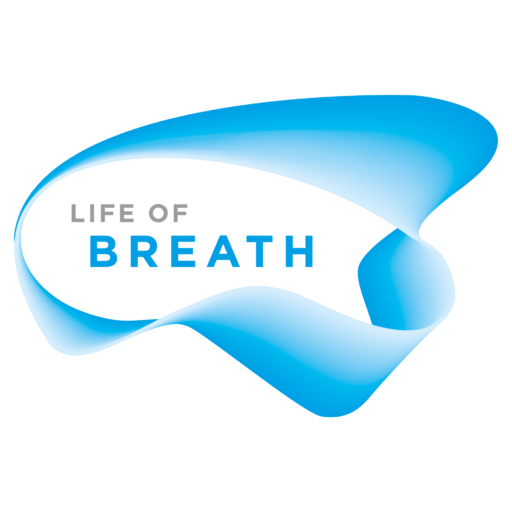Breathless in Cambridge
PI on the Life of Breath project Jane Macnaughton writes about the Breathlessness Research Interest Group (BRIG) Conference 2014:
Getting going with the Life of Breath project has been a real revelation for me as someone who is committed to critically engaged medical humanities. It has always been a bit of a struggle to get clinicians interested in what medical humanities has to say about their practice. We have usually had a lot to say about how things might be done (e.g. in terms of approaches and relationships), but not a lot about what might be done, such as what treatments might best work for a patient.
I’ve realised pretty quickly that there is an enthusiastic movement in breathlessness research in the clinical field that is genuinely open to new thinking – even from our field – that might make a difference to the very difficult lives of patients with breathlessness and those who care for them. A key player in this field is Dr Sara Booth, Consultant in Palliative Care at Addenbrooke’s Hospital, Cambridge and Honorary Senior Lecturer in the Department of Palliative Care and Policy at Kings College, London. She along with colleague, Dr Morag Farquar, set up the Breathlessness Research Interest Group (BRIG) and convened this meeting, one of a series of annual meetings of the group.
As well as attending the BRIG conference to speak about the Life of Breath project, I went to a training day at Magdalene College the day before entitled ‘Breathing, Thinking, Functioning’.
It was significant that this event was packed with people from palliative care, working not just with cancer patients but with people suffering from a range of life-limiting conditions. Breathlessness is very common in the final stages of many cancers, with a prevalence of up to 70%; and with prevalences of 95% in advanced chronic obstructive pulmonary disease (COPD), 88% in cardiac failure, and 85% in motor neuron disease, it is not difficult to see why so many are keen to learn about how to support patients.(1) The key point linking this study day and the BRIG conference is a move towards seeing breathlessness (or its clinical counterpart dyspnoea) as a symptom that deserves attention of itself, rather than drawing attention only to the underlying causal condition. As Miriam Johnson, David Currow and Sara Booth have recently written, chronic breathlessness often becomes ‘refractory’, at least in part.(2) That means it is unresponsive to maximum treatment of the underlying condition. This has profound implications for the patient in that they no longer feel able to discuss the problem with clinicians, sensing that medicine has nothing more to offer them. In palliative care the clinical focus is on symptom relief, so this training day was bread and butter to the attendees and offered insights into the use of sustained release opioid medication and breathlessness intervention services that provide some hope for this difficult symptom.
It was clear from the BRIG conference the following day that great strides are being made in understanding the neurology of breathlessness. Kyle Pattinson from the Nuffield Department of Clinical Neurosciences presented research hot off the press imaging the periaqueductal grey matter in the brain. The PAG links the cortex with the brain stem and is associated with pain processing and anticipation. Kyle’s work suggests an important role for the PAG in respiratory control in a similar way to pain. The notion of pain as a road map for research on the neurophysiological mechanisms of breathlessness was also emphasised by Bob Banzett, a physiologist from Harvard, who presented a model based on pain research to explain the role of affective responses to breathlessness in moderating patient behaviour. (3)
I was struck in these and in some other presentations by two issues that I think our Life of Breath project may be able to interrogate. Firstly, was the significance invested in pain as a guide to the neuroscience of breathlessness when pain is clearly phenomenologically district from breathlessness. Pain is an unpleasant experience (always) that tells us when something is not right with our bodies, bBut breathlessness is a part of normal physiological functioning, and something that human beings experience during physical activity. The experience of each of these sensations must be deeply coloured by this fact, and this is something we need to investigate in our project. The second key point for me was that there was very little said in any of the presentations about the life of people with breathlessness before they became ‘patients’ with breathlessness. Clinical research starts with what happens in the clinical context, and our project needs to backtrack, to understand the contexts and atmospheres – cultural, historical, phenomenological – through which impressions of this experience are formed and begin to make it significant in different ways to different people.
I am deeply grateful to Sara and to Morag for allowing Life of Breath a platform at this important meeting, and to the clinical community researching breathlessness for being so welcoming and engaged with what we want to do, and recognising its potential. I learned a great deal that will not only inform my understanding of current challenges, but also of the way forward for the team on Life of Breath.
(1) Gysels M and Higginson I, The lived experience of breathlessness and its implications for care: a qualitative comparison in cancer, COPD, heart failure and MND. BMC Palliative Care 2011, 10: 15.
(2) Johnson M, Currow D, Booth S. Prevalance and assessment of breathlessness in the clinical setting. Expert Reviews Respiratory Medicine Online, 1-11, 2014.
(3) Lansing R, Gracely R, Banzett R. The multiple dimensions of dyspnea: review and hypotheses. Respir. Physiol. Neurobiol. 2009; 167 (1): 53-60.




2 Comments
Pingback: ‘There is something in there’ | Life of Breath
Pingback: Life of Breath